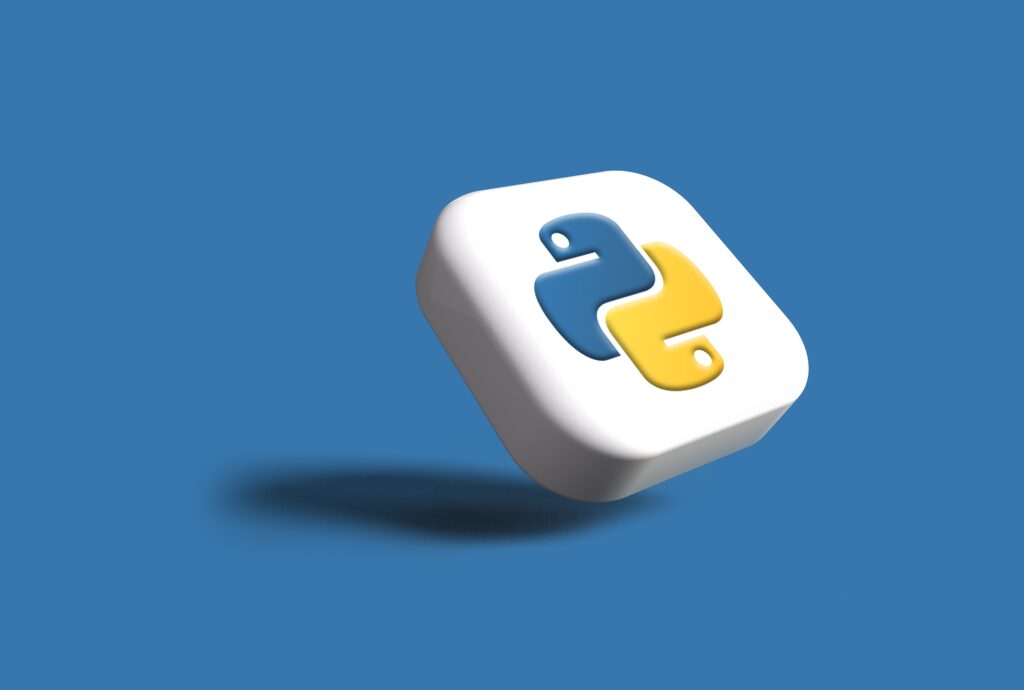In today’s data-driven world, Python has become the go-to language for data analysts due to its versatility, powerful libraries, and ease of use. Let’s dive into how Python empowers data analysts throughout their daily workflow.
Morning: Data Collection and Preparation
As a data analyst, your day typically starts with collecting and preparing data for analysis. Python’s rich ecosystem of libraries such as Pandas and NumPy simplifies data manipulation tasks. Whether you’re cleaning messy datasets, merging multiple data sources, or reshaping data for analysis, Python provides efficient tools to streamline these processes.
For instance, using Pandas, you can load data from various sources like CSV files, databases, or APIs with just a few lines of code. Data cleaning tasks, such as handling missing values, removing duplicates, or standardizing data formats, become straightforward with Python’s intuitive syntax and powerful functions.
Midday: Exploratory Data Analysis (EDA) and Visualization
Once your data is prepped, Python enables you to dive into exploratory data analysis (EDA) to uncover insights and patterns. Libraries like Matplotlib and Seaborn offer robust capabilities for creating insightful visualizations, including histograms, scatter plots, and heatmaps. These visualizations help you understand data distributions, identify outliers, and explore relationships between variables.
Python’s interactive plotting libraries, such as Matplotlib, Plotly and Bokeh, allow for the creation of dynamic and interactive visualizations that enhance your ability to communicate findings effectively to stakeholders.
Afternoon: Statistical Analysis and Modeling
In the afternoon, you might perform statistical analysis and build predictive models to derive actionable insights from data. Python’s libraries, such as SciPy and Statsmodels, provide a wide range of statistical functions for hypothesis testing, correlation analysis, and regression modeling.
For more advanced analytics and machine learning tasks, popular libraries like Scikit-learn and TensorFlow offer pre-built algorithms for classification, regression, clustering, and neural networks. Python’s flexibility allows you to experiment with different models, fine-tune parameters, and evaluate model performance using cross-validation techniques.
Evening: Automation and Reporting
As the day winds down, Python continues to support your workflow with automation and reporting capabilities. Using libraries like Jupyter Notebook or Google Colab, you can create interactive notebooks that document your analysis steps, display visualizations, and share insights with colleagues.
Python’s integration with reporting tools like Microsoft Excel or PDF generators enables you to automate the generation of reports and dashboards. By scripting repetitive tasks and scheduling automated data updates, Python helps you maintain data integrity and streamline decision-making processes within your organization.
Throughout the day, Python serves as a versatile and indispensable tool for data analysts, from data collection and cleaning to exploratory analysis, modeling, and reporting. Its extensive library ecosystem, combined with its readability and scalability, empowers analysts to extract meaningful insights and drive data-driven decisions.
Whether you’re a seasoned data professional or just starting your journey in data analytics, mastering Python opens doors to endless possibilities in leveraging data to solve complex problems and drive business success.
Start harnessing the power of Python today and unlock the full potential of your data analytics journey.
image credit : credit

